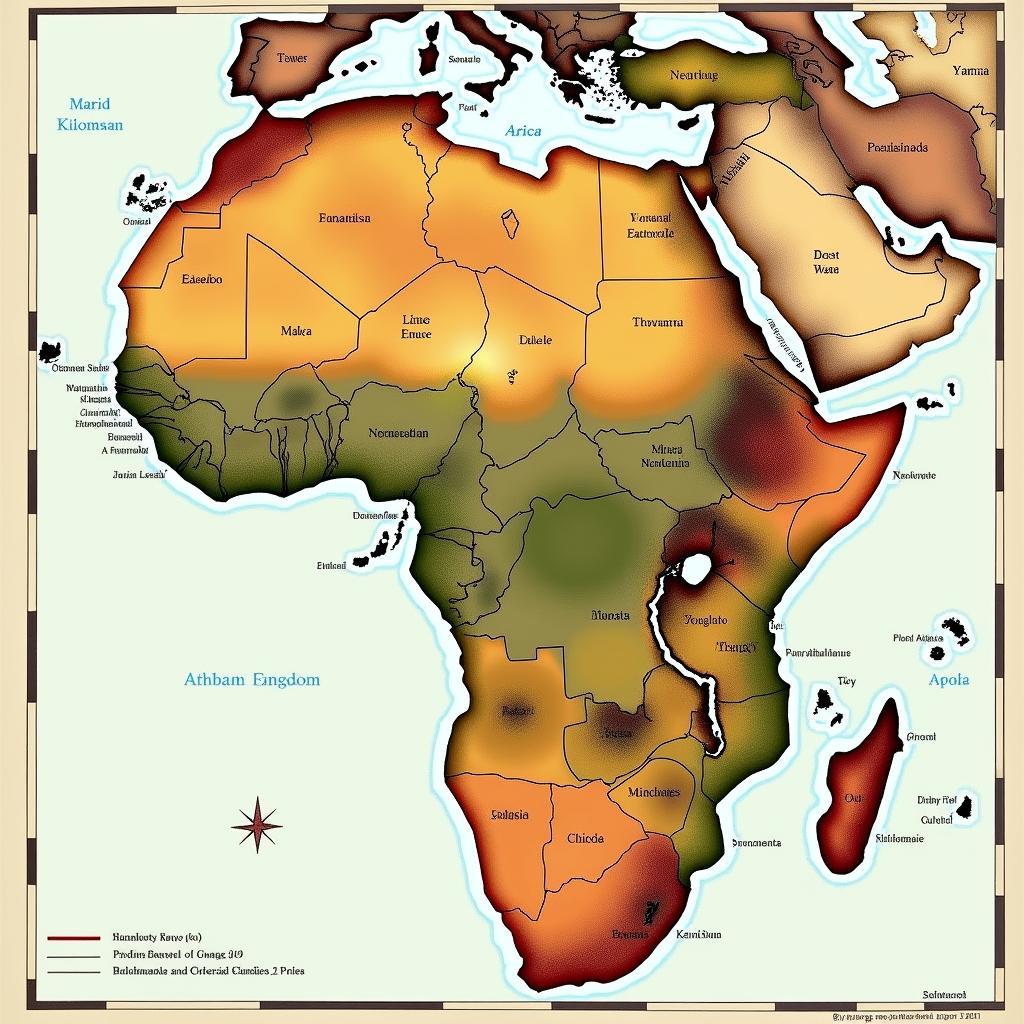Unveiling the Secrets of African Chew Sticks
African Chew Sticks have been a part of oral hygiene practices across Africa for centuries. From ancient traditions to modern applications, these natural tools offer a unique perspective on dental care and cultural heritage. This article explores the fascinating world of African chew sticks, delving into their history, benefits, and significance in various communities.
What are African chew sticks, and why are they so important? These simple tools, often crafted from twigs or roots of specific trees, serve as natural toothbrushes and offer a surprisingly effective way to clean teeth and maintain oral health. They’re more than just a tool; they’re a symbol of cultural identity and a testament to the ingenuity of traditional practices.
A Deep Dive into African Chew Sticks: History and Tradition
For generations, communities across the African continent have relied on the power of nature for their oral hygiene. African chew sticks, also known as “miswak” in some regions, represent a long-standing tradition passed down through families and communities. These unassuming twigs hold a rich history, demonstrating a deep understanding of the natural world and its potential to promote well-being. The use of chew sticks dates back thousands of years, with archaeological evidence suggesting their use in ancient Egypt and other parts of Africa. These sticks are not merely a relic of the past; they remain a relevant and widely used practice in many African countries today, reflecting a strong connection to cultural heritage. You can read more about the amazing african chew sticks benefits.
Choosing the Right Stick: Exploring Different Types of African Chew Sticks
The effectiveness of an African chew stick lies in the specific tree species used. Different trees offer unique properties, impacting the texture, flavor, and even medicinal benefits of the stick. Commonly used trees include the Salvadora persica (also known as the “toothbrush tree”), the neem tree, and various acacia species. Each species offers a distinct experience, providing options for personal preferences and desired benefits. Some sticks are known for their antimicrobial properties, while others are praised for their ability to freshen breath and whiten teeth.
How to Use an African Chew Stick: A Step-by-Step Guide
Using an African chew stick might seem unfamiliar at first, but the process is simple and intuitive. First, you peel back the bark at one end of the stick to expose the fibrous inner layer. Then, you chew on this end until it softens and forms a brush-like texture. This natural “brush” is then used to gently clean the teeth and gums, reaching areas that a conventional toothbrush might miss. The chewing action stimulates saliva production, which further enhances the cleaning process and promotes oral health. For a comprehensive look at using chew sticks, check out this article on african chew sticks for humans.
The Science Behind the Smile: Benefits of African Chew Sticks
What makes African chew sticks so effective? Scientific research has revealed a surprising array of benefits associated with their use. Many chew sticks contain natural antibacterial and antifungal compounds, helping to combat harmful bacteria and prevent plaque buildup. They can also help to strengthen tooth enamel, freshen breath, and even reduce gum inflammation. These natural benefits, combined with the sustainable and eco-friendly nature of the sticks, make them an appealing alternative to conventional oral hygiene products. Have you ever wondered about the health of african child teeth?
Conclusion: Embracing the Natural Power of African Chew Sticks
African chew sticks represent a unique blend of tradition, science, and sustainability. They offer a natural and effective way to maintain oral health, connecting us to a rich cultural heritage while embracing the power of the natural world. By incorporating African chew sticks into our oral hygiene routine, we can explore a time-honored tradition and experience the benefits of this natural wonder. Consider trying an African chew stick and discovering its potential for yourself. You might also be interested in learning about the african chewing gum tree.
FAQ: Your Questions About African Chew Sticks Answered
- Where can I buy African chew sticks? You can often find them in specialty stores, online retailers, or even directly from communities that harvest them.
- How long does a chew stick last? A single stick can typically last for several weeks with regular use.
- Are there any side effects? Some individuals may experience initial gum sensitivity, which usually subsides with continued use.
- Can children use chew sticks? Yes, chew sticks are suitable for all ages, offering a gentle and effective way to clean teeth.
- Are African chew sticks sustainable? Absolutely! They are a biodegradable and renewable resource, making them an eco-friendly choice.
- How do I choose the right chew stick? Experiment with different tree species to find one that suits your preferences and oral health needs.
- Can I use a chew stick alongside conventional toothpaste? While not necessary, some individuals choose to combine both for added benefits.
Do you have any other questions? Or would you like to discover other natural oral hygiene methods? Contact us for personalized advice and support.
Contact us for 24/7 customer service:
Phone: +255768904061
Email: [email protected]
Address: Mbarali DC Mawindi, Kangaga, Tanzania.
